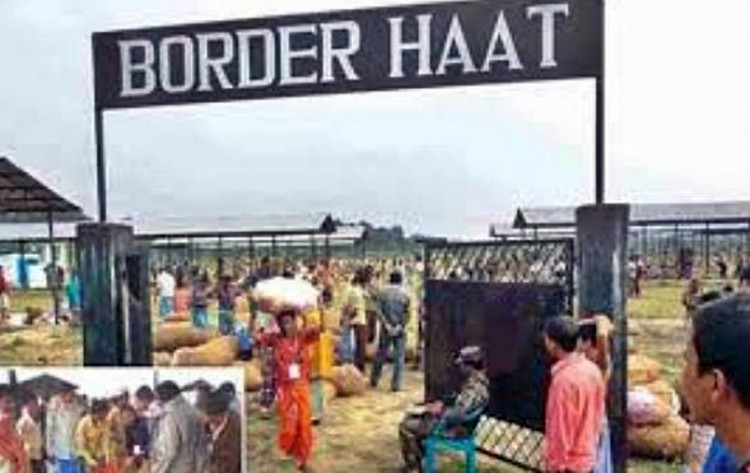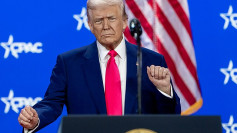The economies of the eight countries comprising South Asia, led by India, will benefit greatly from boosting trade cooperation and removing barriers to intra-regional trade, said the World Bank in an insightful new report.
South Asia consists of India, Pakistan, Afghanistan, Bangladesh, Bhutan, Maldives, Nepal, and Sri Lanka. China, which shares borders with some of these countries, will also benefit from enhanced free trade.
In its report, "A Glass Half Full: The Promise of Regional Trade in South Asia," the World Bank says all countries in South Asia stand to gain from boosting trade cooperation among themselves. It noted that other countries around the world harness the potential of intraregional trade to prosper together with their neighbors.
This phenomenon does not exist in South Asia, however. In this region, intraregional trade accounts for only five percent of South Asia's total trade. This paltry percentage compares to 50 percent of total trade in East Asia and the Pacific and 22 percent in Sub-Saharan Africa, noted the report.
Massive barriers to Intraregional trade prevent trade among South Asian countries from reaching its full potential. The report identified the four specific barriers that stifle trade within South Asia as nontariff barriers; tariff and para tariff barriers; the high costs of connectivity and the trust deficit among South Asian countries.
Average tariffs in the eight South Asian countries remain high despite significant liberalization in tariff regimes since the 1980s. In 2016 for example, average tariffs in South Asia were 13.6 percent.
This percentage is more than double the world average of 6.3 percent and is the highest among major regions of the world despite a regional free trade agreement, the South Asian Free Trade Agreement (SAFTA) that came into force in 2006.
The study highlights two key reasons why SAFTA is failing in its goal to reduce trade and non-trade barriers. First, each South Asian country maintains a long "sensitive" list of products exempted from the tariff liberalization.
Almost 35 percent of the value of intraregional trade in South Asia is subject to sensitive list tariffs. As a specific example, over 39 percent of India's exports to the region fall under the sensitive lists of various partners.
Several South Asian nations maintain high para-tariffs, which are duties imposed on imports but not on domestic production. Many of these para-tariffs are not been included in the tariff preference programs in FTAs. Bangladesh, Pakistan and Sri Lanka maintain high para-tariffs.
The World Bank says deeper regional trade and connectivity has the potential to more than triple India's trade with its South Asian neighbors. It estimates India's potential trade in goods with South Asia at $62 billion compared to actual trade of $19 billion. The latter figure is only three percent of India's global trade and $43 billion below its potential. The report said India can play a critical role in regional cooperation for mutual economic and welfare gains.
The report recommends "open regionalism" to unlock thepotential for free trade. It says intraregional trade as complementary to, and as a stepping stone for, deeper global integration. It also recommends an incremental approach toward deeper trade cooperation.
South Asia has witnessed examples of this incremental approach in the form of India-Sri Lanka air services liberalization and India-Bangladesh border haats. A Border Haat is a border trade market between Bangladesh and India.






